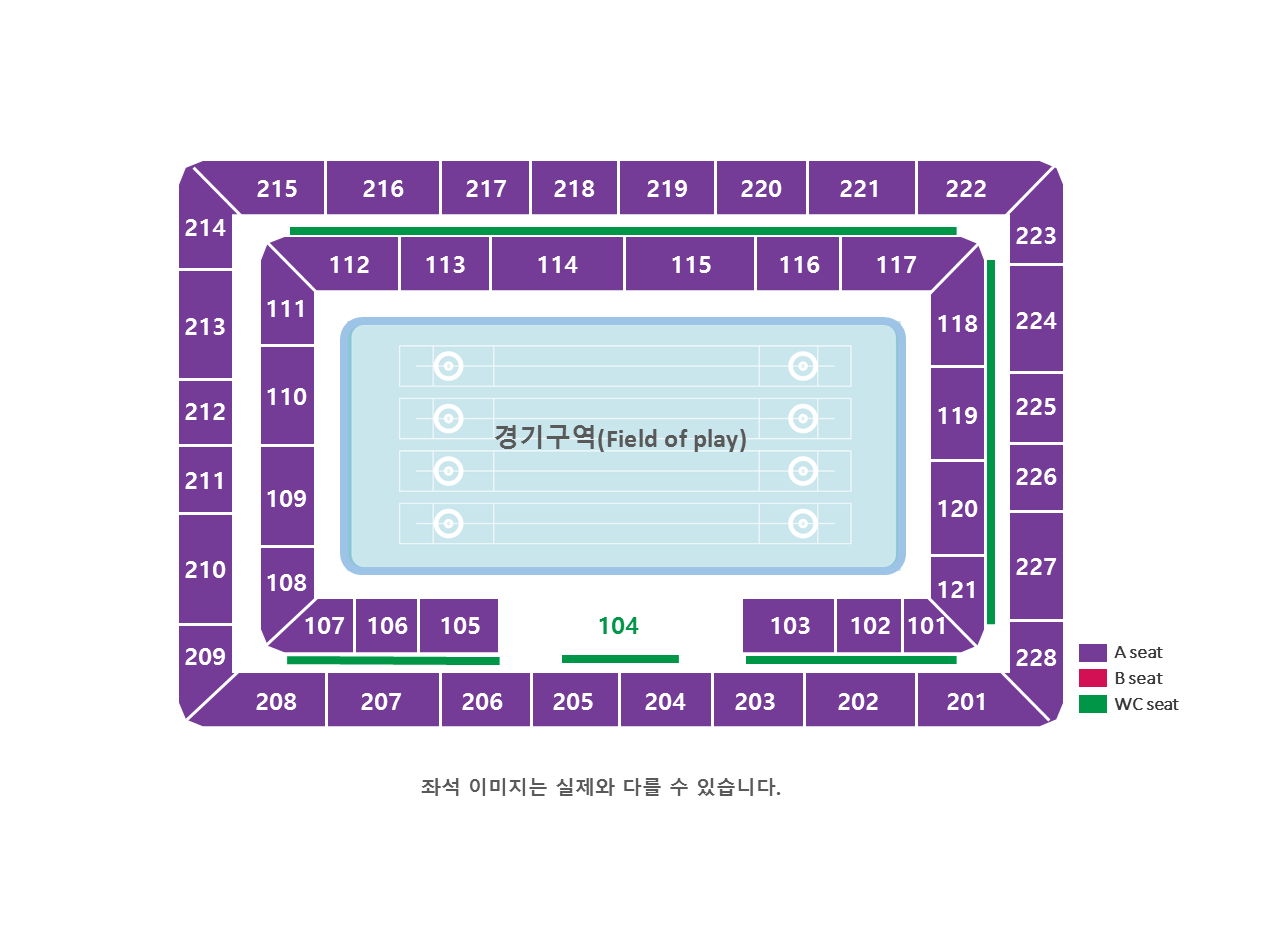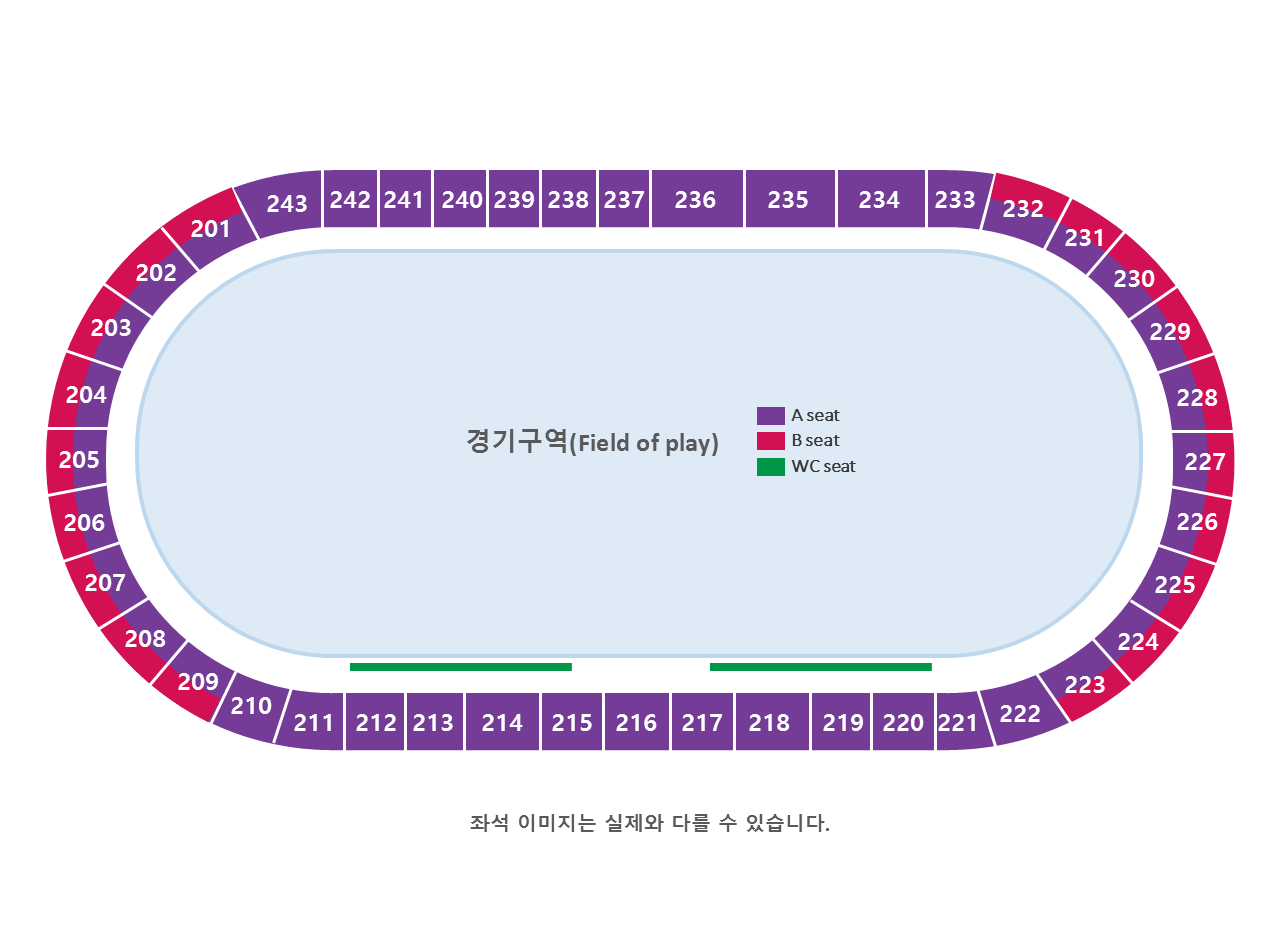
You can download this report here.
Continue reading “PyeongChang 2018; Pre-Games Sustainability Report published”

You can download this report here.
Continue reading “PyeongChang 2018; Pre-Games Sustainability Report published”
Happy to announce the looks of the #podium, #uniforms and #prizes for the Victory Ceremony of #PyeongChang2018!?#Olympics #Paralympics #victory #ceremony
모든 선수들의 꿈 #메달! #2018평창 동계올림픽&패럴림픽의 시상대, 시상품과 시상요원 유니폼을 공개합니다. #디자인 #예뻐요? pic.twitter.com/GM8CxU4kkO— PyeongChang 2018 (@pyeongchang2018) 27 december 2017
#2018평창 동계올림픽·동계패럴림픽 메달리스트? 시상품! 대회 챔피언들에게 최고 예우를 표현하는 디자인으로 제작된 마스코트 #수호랑 과 #반다비 입니다.
This mascot will be also awarded to the Olympic & Paralympic Champions!#PyeongChang2018 #Champions #prize #Soohorang #Bandabi pic.twitter.com/TqBtFvlWkv— PyeongChang 2018 (@pyeongchang2018) 27 december 2017
You can read the press release by POCOG here.
Source all images: Ticketing website The PyeongChang Organizing Committee for the 2018 Olympic & Paralympic Winter Games (POCOG).
Gangneung Curling Centre

Gangneung Hockey Centre

Gangneung Ice Arena

Gangneung Olympic Oval

Kwandong Hockey Centre

The Olympic Rings drawn on the beautiful sky of PyeongChang. 오늘 더 푸르른 평창 하늘에 새겨진 올림픽 오륜마크!
___________#PyeongChang2018 #Olympics #50daystogo #OlympicRings #sky #view #beautiful #instapic #평창동계올림픽 #올림픽 #오륜기 #마크 #하늘 #하늘사진 #2018평창 pic.twitter.com/iC9TQOpcS7— Gangwon2024 (@gangwon2024) December 21, 2017
Only 50 days left until the start of the PyeongChang 2018 Olympic Winter Games!
Press release by POCOG:
PyeongChang, December 15 – The villages for the PyeongChang 2018 Olympic and Paralympic Games are complete. A special ceremony took place today at the PyeongChang Village to recognize the completion of construction at both athletes’ villages, which will welcome their first guests on February 1.
The PyeongChang Village will be used to house up to 3,894 athletes and team officials during the Olympic Winter Games, and will then be used as the PyeongChang Paralympic Village where it will house up to 2,268 personnel. The second village in Gangneung will be used to accommodate more than 2,900 for the Olympic Winter Games only.
POCOG President LEE Hee-beom said, “The PyeongChang 2018 Villages are complete after years of hard work and we are pleased that they will serve as a legacy for the Games.
“The villages will serve as a place where athletes and officials can relax and connect with athletes from other nations, creating memories and friendships that will last a lifetime.”
The ribbon cutting ceremony was attended by the President of the PyeongChang 2018 Organizing Committee (POCOG), LEE Hee-beom, along with the Minister of Culture, Sports and Tourism, DO Jong-whan, National Assembly Member YEOM Dong-yeol, Gangwon Province Vice Govenor SONG Suk-doo, Gangwon Provincial Assembly Chairman KIM Dong-il, President of the Korean Sport and Olympic Committee, LEE Kee-heung, President of the Korea Paralympic Committee, LEE Myung-ho, PyeongChang County Mayor SIM Jae-gook, some other representatives of provincial government agencies and a selection of local residents.
The PyeongChang Village consists of 600 units across eight 15-storey buildings and was constructed by Yongpyong Resort with 180 billion won of private investment. The Gangneung Village has 922 units across nine 25-storey buildings and was constructed by Korea Land and Housing Corporation at a cost of 214.6 billion won.
Both villages have been designed to provide a home from home for the participating athletes and officials, and have been built in locations that allow for short travel times to the respective competition venues near each village.
Onsite, residents will find a host of facilities that they’ve come to expect and enjoy at all Summer and Winter Games including a bank, post office, general store, laundry service, fitness centre, recreational centre, a beauty salon and a multi-faith centre. The villages also have a large dining facility that will cater a wide range of cuisines and dietary requirements and serve up meals 24 hours a day during the competition period.
Each athlete delegation will be part of an official welcome ceremony when they enter the village at the central square. This will be the site for various cultural events and performances during the Olympic and Paralympic Winter Games including K-pop concerts, traditional Korean musical performances and special mask dances on Lunar New Year’s Day. The cultural programme within the villages has been designed to meet the cultural vision of the Games and give all delegations the chance to experience more than just their competition venue and sport during their time in PyeongChang.
Both villages were offered for sale to the general public and were completely sold out in May, 2017 and November, 2017 in PyeongChang and Gangneung respectively. They will leave a legacy from the Games for generations to come.
All that remains to be done is the final overlay and completion of the temporary tents that will be used as village operational facilities. The construction on both villages began back in mid-2015 and was completed on time.
Today, POCOG unveiled the design for the medals of the PyeongChang 2018 Winter Paralympics.
Photos


Press release POCOG
Creativity, culture and passion shine through the design
PyeongChang, December 11 – The PyeongChang 2018 Paralympic Winter Games medals were officially launched today to coincide with 88 days until the Games begin on March 09.
The stunning medals are based around the design principles of the Olympic Winter Games medals, but have their own unique characteristics whilst still being heavily influenced by Korean culture and traditions. Like the Olympic Winter Games medals, they were designed by LEE Suk-woo, an industrial designer from Korea.
The collection of medals – which are 92.5mm in diameter and 9.42mm in width – use the Korean Hangeul alphabet to engrave the consonants of “PyeongChang 2018 Paralympic Winter Games’ around the edge. The alphabet dates back to the 15th century and the word Hangeul combines the archaic Korean word ‘Han’, which means ‘great’, and ‘Geul’ which means ‘script’. Hangeul is a very symbolic piece of Korean culture and history, and is still the official writing system used throughout the country today.
Traditional patterns including clouds, mountains, wind and wood that symbolize the beautiful nature of PyeongChang and Gangwon Province are engraved on the obverse.
The Paralympic symbol of three agitos appears on the front side of the medal; and the Paralympic Winter Games logo, along with the name of the specific sport feature on the back. On both sides you can see horizontal lines that represent the Paralympic values of equality, and on the back there is also brail, which reads “PyeongChang 2018”.
The ribbon from which the medal hangs is an equally important part of the design. It has been created using the traditional Gapsa textile of Korea, which is light and translucent and is used to make the traditional dress known as the hanbok. The light teal and light red ribbon – colours regularly used when making the hanbok – is embroidered with a delicate snowflake pattern.
The case created in which to keep the medals symbolises Korea’s traditional beauty of curved lines and shapes. It gives the feel of Korean aesthetics using simple but elegant lines that can be seen in the eaves of ‘hanok’, Korea’s traditional housing.
PyeongChang 2018 Games Ambassador and Korean Para Ice Hockey athlete JUNG Seung-hwan said, “I really love the design of the medals. I am sure that all the athletes during the Games in March will be very proud and honoured to wear this unique design around their neck. My team will certainly be doing all we can to put ourselves in contention to receive one.”
LEE Hee-beom, President of PyeongChang 2018 Organizing Committee added, “The Paralympic Winter Games medals for PyeongChang 2018 are a symbol of equality, creativity, culture and passion. The work that has gone into the design and manufacturing of the medals has been world class and we are all looking forward to the moment that the first medal will be awarded to the world’s best Paralympic athletes next year.”
Designer Lee has a long list of awards and accolades to his name including one of the Top 10 design concept consultants in the 2015 Red Dot Design Awards and was also selected as the next-generation leader of Korea by Forbes in 2013.
He said, “As the designer of both the Olympic and Paralympic Winter Games medals, it is very exciting for me to see them both now launched by the Organizing Committee as the countdown to the Games gets ever nearer.
“After years of work – and a few months of having to keep the design top-secret – I am very happy with the reception they have been given so far, and I hope the athletes that step onto the podium to receive them are just as happy!”
A total of 133 sets of Paralympic Winter Games medals will be awarded from March 09-18 across six sports and 80 events.
Tickets are on sale now. Each Games ticket includes access to the Olympic Plaza on that day, allowing spectators the chance to enjoy the cultural celebrations and activities that will take place there. Spectators can also witness the medal ceremonies and see the pride and passion of the athletes live, as they are rewarded for their remarkable achievements.
Video
Video by Ministry of Land, Infrastucture and Transport
All photos: Ministry of Culture, Sports and Tourism / Korean Culture and Information Service / Korea.net (www.korea.net) / Official Photographer : Jeon Han
Terminal 2 Incheon International Airport
Seoul Station – Gangneung Station
Yesterday, the International Olympic Committee conluded its final project review in PyeongChang. Gunilla Lindberg (IOC Coordination Commission Chair) said:
You can read the full press release here.